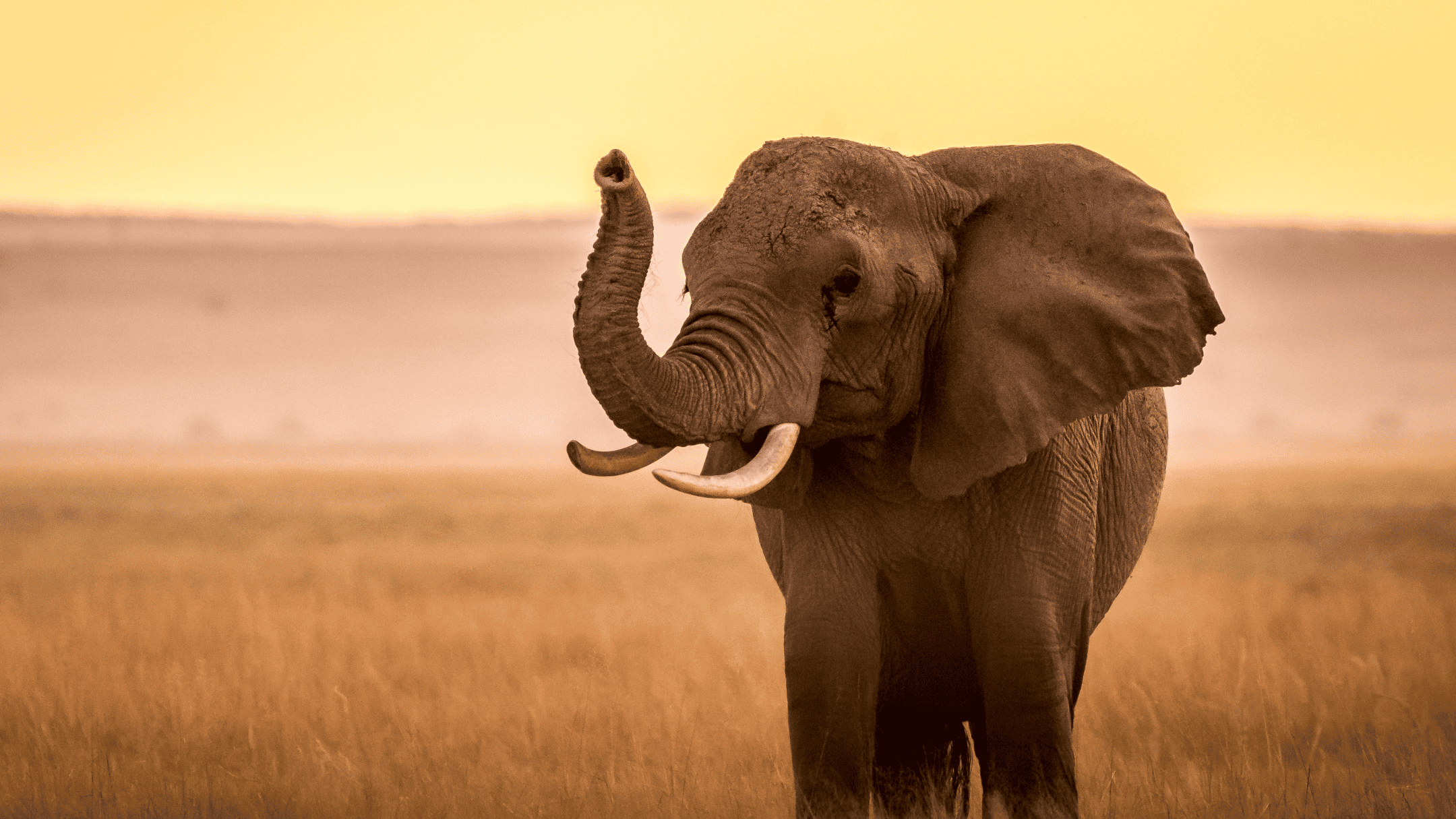- 1
- 8
- 1
- 1
Guided Walking Safaris in Kenya
Best Time to Visit: Dry seasons (June–October and January–February)
Famous For: Intimate wildlife encounters, bushcraft skills, eco-awareness
Ecosystem: Savannahs, forests, hills, scrublands, riverine habitats
Key Sights: Giraffes, zebras, antelopes, elephants, birds, medicinal plants
Introduction
A safari doesn’t always have to be from the seat of a 4×4 vehicle. Guided walking safaris offer an entirely different, more intimate experience. Instead of observing wildlife from a distance, you’ll walk in their footsteps—literally. These safaris are designed for those seeking to truly immerse themselves in the wild, guided by expert rangers who interpret the terrain, animal behavior, and plants with incredible precision.
What is a Guided Walking Safari?
A guided walking safari is a professionally led excursion on foot through wildlife-rich areas. Accompanied by an armed ranger and a highly trained naturalist, these treks are slow-paced, lasting from a couple of hours to several days depending on the destination. Unlike game drives, walking safaris emphasize details—tracks, insects, birdcalls, animal behavior, and medicinal plants.
- Focuses on learning and observing small details in nature
- Emphasizes safety, eco-awareness, and minimal disturbance
- Not about close encounters with big game—but it may happen!
Best Places in Kenya for Walking Safaris
- Mara Naboisho Conservancy: Quiet terrain with thriving wildlife and trained local Maasai guides
- Lewa Wildlife Conservancy: Famous for rhinos and intimate walking trails with panoramic views
- Laikipia Plateau: Private conservancies like Ol Pejeta and Borana offer multi-day walks and fly-camping
- Loita Hills: Culturally rich treks with Maasai warriors through forested highlands
- Tsavo West: Volcanic landscapes and ancient lava flows to explore on foot
The Walking Safari Experience — What to Expect
- Departure & Duration: Early morning walks lasting 2–4 hours or full-day/multi-day options
- Pace: Gentle and observational with frequent stops
- Wildlife: Expect giraffes, zebras, antelopes, birds, and occasional elephants or predators at a safe distance
- Guidance: Rangers explain animal tracks, droppings, plants, and survival tactics
Sample Walking Safari Itinerary (Lewa Conservancy)
- 6:30 am: Depart camp with guide and ranger
- 7:00 am: Spot fresh lion tracks and learn about territorial behavior
- 8:00 am: Stop for tea under an acacia tree
- 9:30 am: Observe giraffes feeding and birds nesting
- 11:00 am: Return to camp for a hearty bush breakfast
Safety and Guiding Standards
Guided walking safaris are highly regulated and conducted with utmost safety:
- Lead guides certified by FGASA or KPSGA
- Armed rangers accompany every walk
- Pre-walk safety briefings are mandatory
What to Bring on a Walking Safari
- Comfortable walking shoes (preferably boots)
- Neutral-colored clothing (avoid white or bright colors)
- Sun hat, sunscreen, water bottle, and binoculars
- Insect repellent and a light backpack
Why Walking Safaris Are Unmissable
A guided walking safari transforms you from a spectator into a participant in nature. Every rustle becomes a clue, every footprint a mystery. The connection you feel with the land is unmatched. You’ll leave not just with photos, but with a deeper respect for the ecosystem and its delicate balance.
Quick Facts
- Duration: 1–3 hours or multi-day treks
- Best Time: Early morning or late afternoon
- Ideal For: Nature lovers, adventurers
- Difficulty: Moderate
- Minimum Age: 12–14 years
Top Tips
- Follow guide instructions strictly for safety
- Stay quiet and walk in single file
- Don’t wear perfume or bright clothes
- Pack light and hydrate well
- Engage — ask questions and observe




